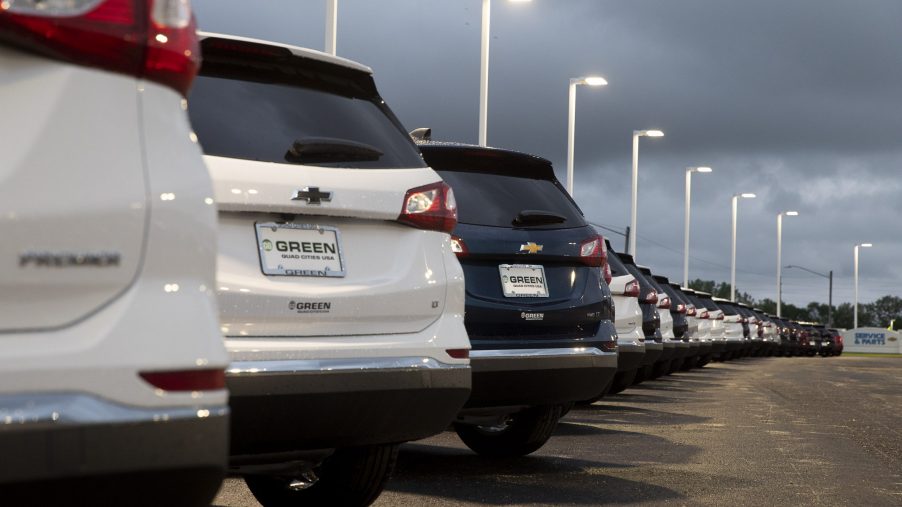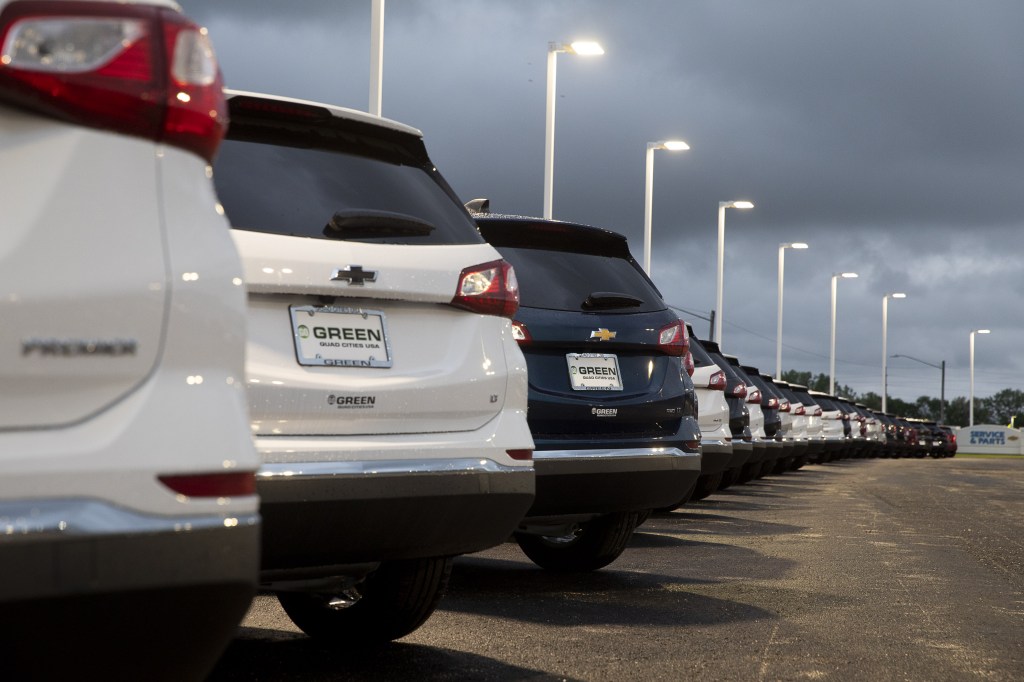
Car Buying: What Safety Ratings Should You Care About?
Buying a car can be an overwhelming process. Sorting through safety ratings data shouldn’t be. Let’s take a look at what some of those car safety numbers mean, so you can choose the right car for you and your family.

What is standard safety equipment?
Most new cars come equipped with some standard safety equipment: seatbelts, airbags, and antilock breaks. There are some considerations to take into account when evaluating different makes and models: where are the airbags located? A safer car will have head-protection airbags which protect both the front and rear passengers in the car. All cars have front airbags, but many cars are also equipped with side airbags. Some cars even have rear-window curtain airbags designed to deploy in the event of a rear-end collision.
Related: If Your Teen Wants an SUV, Buy Them the 2021 Subaru Forester
How are the frontal crash test safety ratings?
Both the National Highway Traffic Safety Administration (NHTSA) and the Insurance Institute for Highway Safety (IIHS) perform frontal crash testing on new cars. The NHTSA ratings measure an overall frontal crash, as well as crashes that impact the driver and passenger separately. It also includes an overall crash rating, which combines the frontal and side-crash results. The IIHS ratings measure the front moderate overlap, as well as driver and passenger small overlap crash ratings. Overlap testing evaluates how well a car does when part of the front strikes a barrier.
How about side crash testing?
The IIHS ratings measure how a car does when it’s struck by an SUV going 31 MPH. The NHTSA breaks it down a little bit more, giving cars an overall side-crash test, which tests a car traveling at 17 MPH being hit by a car going 34 MPH. There is a score for the driver, left rear-seat passenger, and an overall score.
What are rollover safety ratings?
Rollover safety ratings are a major concern of SUV shoppers. The NHTSA tests the likelihood of a vehicle rolling over by calculating its top-heaviness and its maneuverability. Its tests are broken down into a Dynamic Tip Result and a Rollover Risk, measured as a percentage. The NHTSA tests 2WD and 4WD separately.
Related to the rollover safety ratings are the roof crush safety ratings. The IIHS performs this test to determine how much a roof will crush when subjected to a force four to five times its weight. A stronger roof means occupants (especially those not wearing seat belts) from being killed in an accident.
How effective are the brakes?
Brakes that work well in an emergency are one of the most important ways to avoid an accident. Two brake tests that are done include braking from 60 MPH in both dry and wet conditions.
Do they test every car on the market?
Although neither the NHTSA or the IIHS test every single car on the market, their safety ratings can offer some insight into the safety of the car you’re considering purchasing.
What else do they test?
In addition to front and rear crash testing, the IIHS tests head restraints, which is a factor in whiplash injuries when a car is hit from behind. It also measures the protectiveness of seats in such situations.


